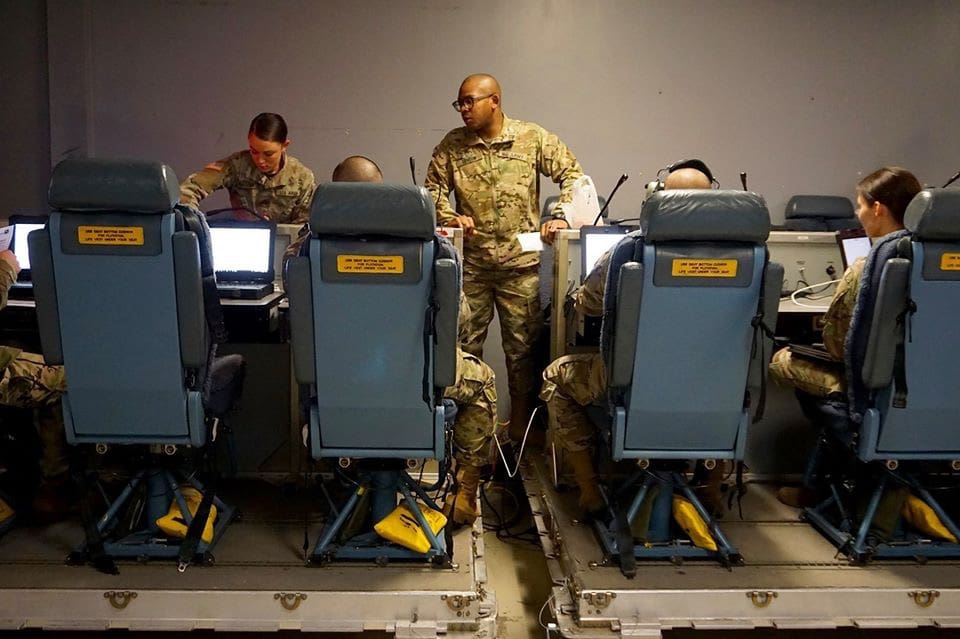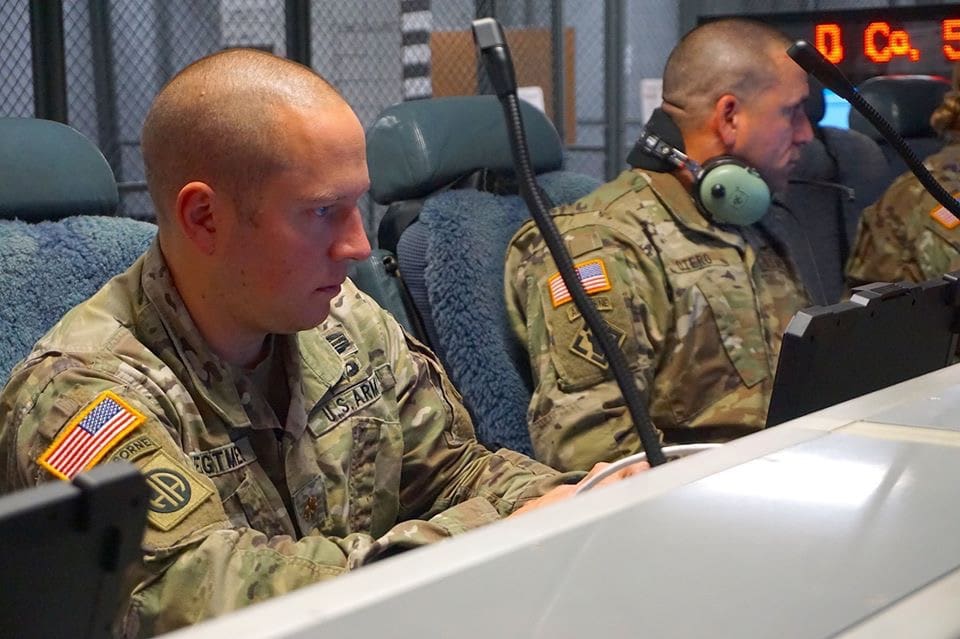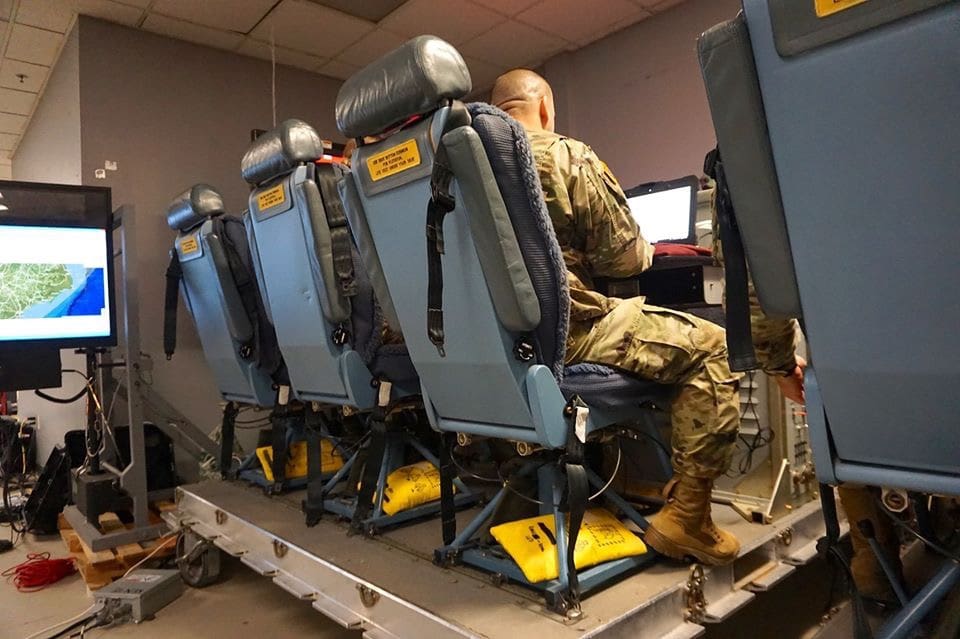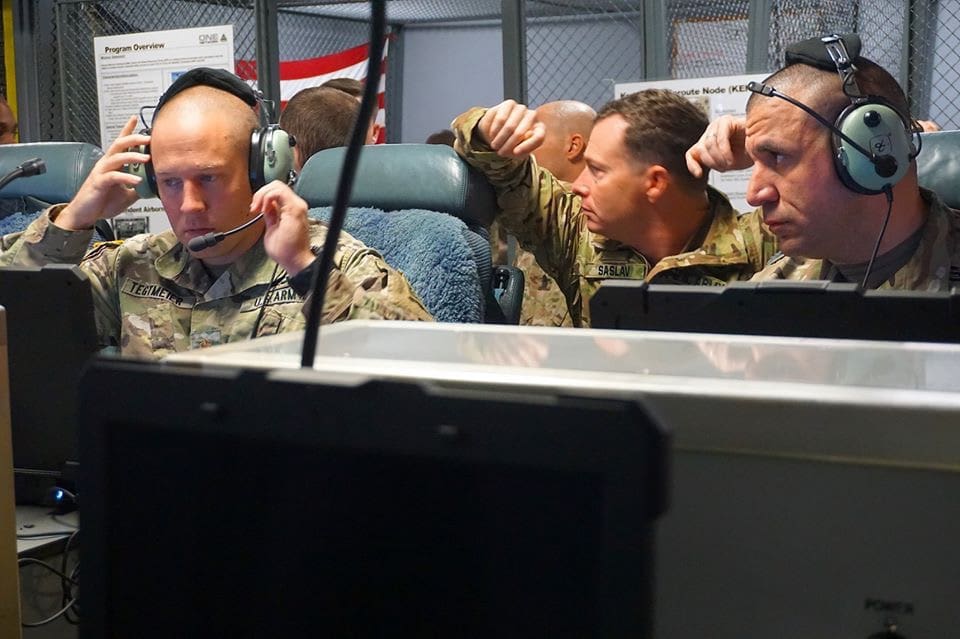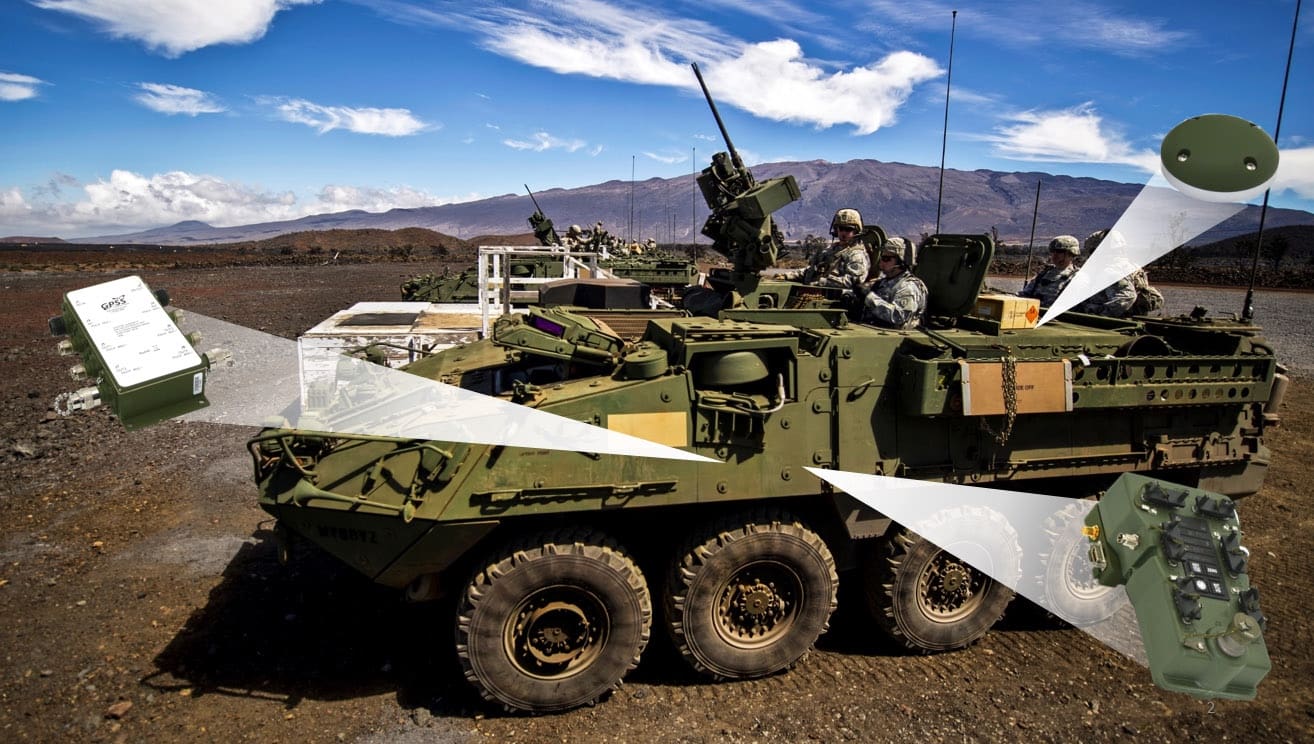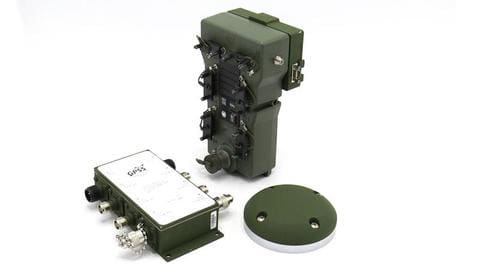MARINE CORPS BASE QUANTICO, Va.—In December 2019, the Program Manager for Light Armored Vehicles at Marine Corps Systems Command approved the initial procurement of the TOCNET-G4 Intercom System—or G4 ICS—for use in the Family of LAVs.
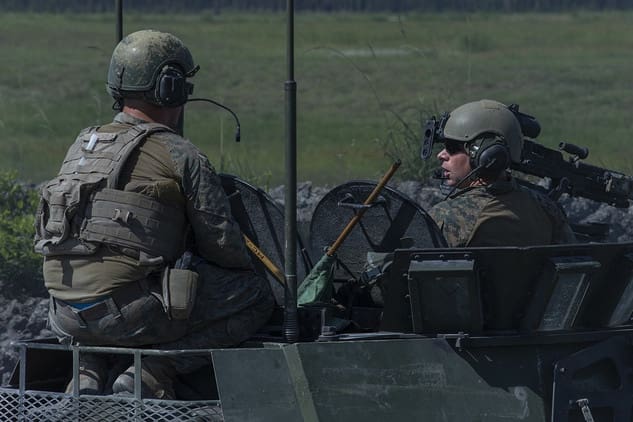
The G4 ICS is the LAV communication management system that allows Marines to easily communicate, both internally and externally, improving communication and situational awareness on the battlefield.
“We’re providing a communication capability that offers tremendous utility for Marines,” said Dan O’Conner, the project lead for Command, Control, Communications, Computers, Intelligence, Surveillance and Reconnaissance payloads and capabilities for PM LAV.
The G4 ICS is an easy-to-use tactical communication system comprising a user interface that adapts well to the operational environment of the LAV. The equipment provides enhanced audio quality and performance, said O’Conner.
The intercom also controls the entire
communication suite within the LAV. The G4
ICS gives Marines a single point-of-control for
radios, GPS systems and other technologies rather than having to independently manage each system.
“Not only is it simple to use, [G4 ICS] is interoperable with the existing communication suite within the Marine Corps platform,” said Kim Bowen, deputy program manager for LAV. “It also has the ability to easily add a wireless capability.”
In 2017, the Light Armored Reconnaissance Operational Advisory Group identified upgrading the LAV intercom system as their top priority after receiving complaints from Marines about the legacy ICS. A frequent criticism was the older-generation ICS experienced shutdowns causing a loss of communication and lengthy reboot times.
The G4 ICS is a modern ICS that is more fault-tolerant to LAV electrical fluctuations that cause ICS shutdowns and subsequent reboots. In the unlikely event that the G4 ICS does reboot, the G4 ICS will reboot in a few seconds, said O’Conner.
Stakeholder involvement
PM LAV incorporated Marine Corps stakeholders into the evaluation, assessment and selection process of the new ICS to ensure all parties participated in the selection of the system. The acquisition approach focused on assessing the technology’s value and utility for end users, and strategically conducting test and evaluation trials early in the process to better inform decisions, said O’Conner.
“By doing this, we can deliver an improved ICS to the fleet approximately a year earlier than if we followed traditional acquisition methods,” said O’Conner.
In June 2018, PM LAV conducted market research seeking viable candidates for a replacement intercom system. In April 2019, Marines representing all Light Armored Reconnaissance battalions assessed three candidate systems in a Systems Integration Lab during a user evaluation to provide feedback on performance, utility and usability.
After narrowing the search to two systems, a Limited User Evaluation took place in Twentynine Palms, California, and finished at Camp Pendleton, California, in August 2019.
In November 2019, Marine Corps Operational Test and Evaluation Activity—who helped plan the LUE and managed the conduct of the evaluation—provided an independent System Assessment Report, which provided data to support the selection of the G4 ICS. The SAR provided data that clearly showed the G4 ICS performed superior to its competitor.
“We wanted a reliable and easy-to-maintain system that would meet the current and future needs of the user.” said Steve Myers, MCSC’s program manager for LAV. “That is why [Marines] were involved in every step of the process.”
Initial Operational Capability for the new ICS is scheduled for fiscal year 2021, and Full Operational Capability is slated for fiscal year 2022.
By Matt Gonzales, MCSC Office of Public Affairs and Communication | Marine Corps Systems Command
USMC photo by LCpl Nathaniel Q. Hamilton



